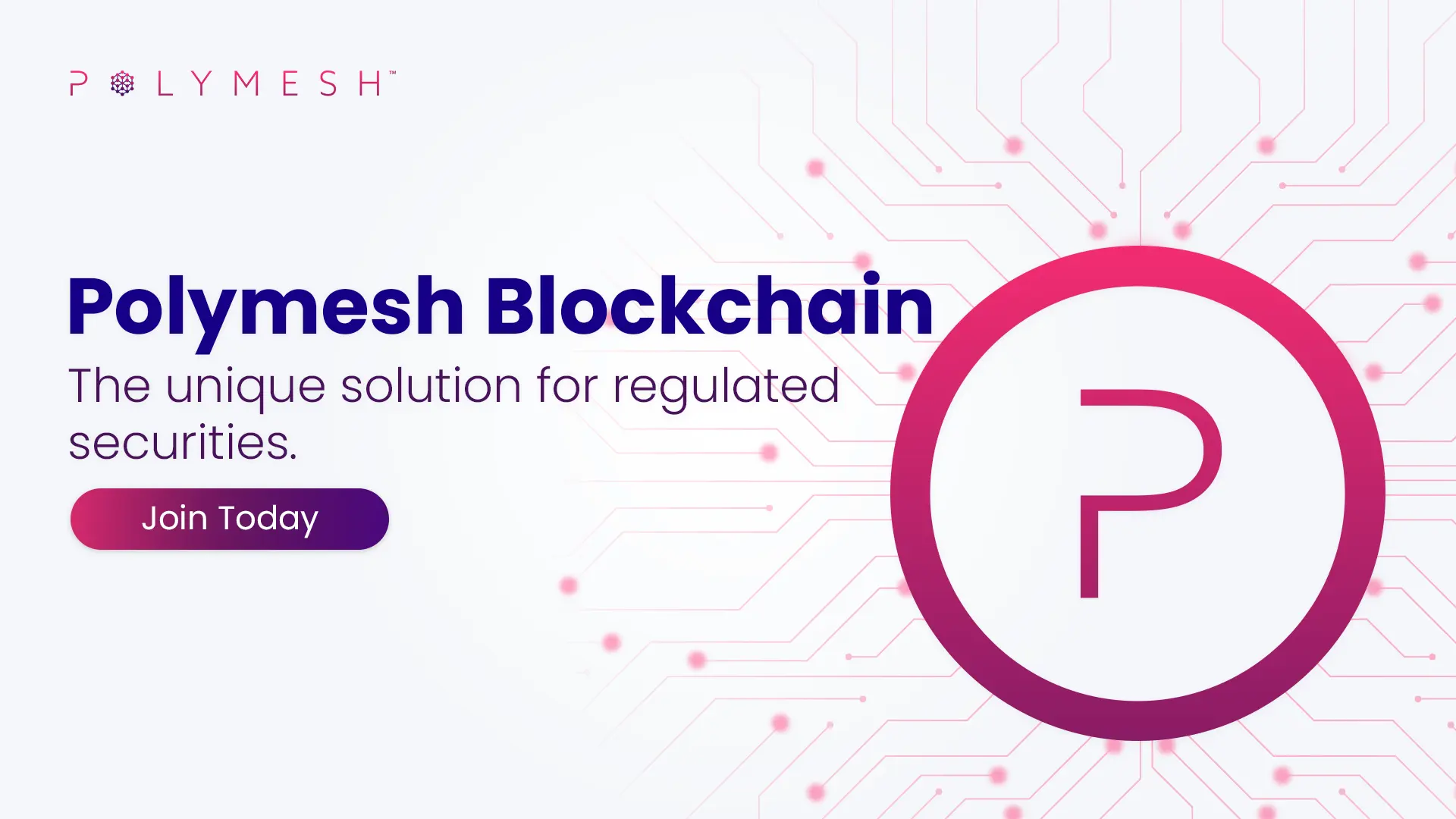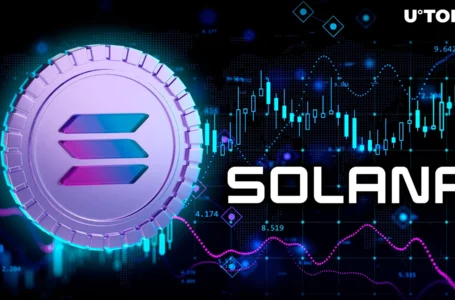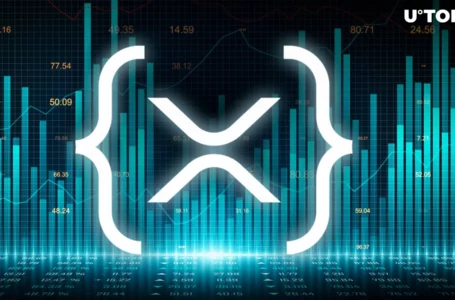
Polymesh (POLYX) is a layer 1 blockchain solutions provider. The network is unique in that its primary focus is on security tokens and other regulated digital assets. By staying focused on these specific assets, the platform can provide a variety of options that others can’t. Here’s everything you need to know about investing in Polymesh.
What Problems Does Polymesh Attempt to Fix?
Polymesh was designed to solve a variety of issues faced by the securities and security token sectors. For the traditional securities market, security tokens offer major benefits including lower costs, higher trackability, and more efficiency.
The current system used to monitor, track, and exchange securities is antiquated. The processes relies on a combination of centralized digital and paper-based systems. These systems are highly inefficient and require a massive amount of overhead to operate.
Polymesh solves this problem through the use of advanced blockchain technology. The network enables firms to create, issue, and track complaint security tokens. These tokens have the requirements and regulations integrated into their core coding. As such, they remain lifetime complaint.
Private Info on Public Chains
Another major issue that Polymesh helps to alleviate is the interactions between private and public networks. Blockchains like Bitcoin offer high transparency and security due to their public nature. However, many business applications require privacy.
Polymesh offers developers the ability to leverage both types of networks. They can create Dapps that access private networks for data and use the public layer for verification services. In this way, the platform provides asset management services that enable streamlined asset issuance and transfers.
Benefits of Polymesh
There are many benefits that one gains when integrating Polymesh into their business system. For one, the network was designed from day one to support large institutions and corporations. The system can integrate with these permissioned systems while supporting the creation of new protocols on the private layer.
Since Polymesh was built to serve the security token sector exclusively, it has a combination of features that isn’t available with the competition. The system is ideal for use in corporate governance, ID, B2B systems, and compliance applications.
Compliant Dapps
For years, developers have sought to create highly effective compliant Dapps. Polymesh supports these actions through its decentralized high-performance structure. Compliant Dapps open the door for more blockchain integration into the medical, legal, government, and other sectors that rely on confidentiality and settlement.
Stake
Polymesh users can help to secure the network by staking their tokens. Staking systems are popular in the crypto space because they offer security and more democratic solutions versus mining consensus mechanisms.
Anyone can stake their POLYX tokens to secure passive returns. The system makes it simple to accomplish this task thanks to the staking calculator. This tool helps you to see exactly what your returns will equal based on your deposit.
How Does Polymesh Work?
Polymesh operates as a public permissioned layer 1 blockchain. This structure is ideal for settlement and transparency which are both critical in the securities industry. The platform improves the efficiency of these assets using a high-performance structure
Customer Due Diligence (CDD)
The CDD protocol is how the network can verify the ownership of tokens. This system mimics the KYC and due diligence requirements your broker would ask for if trading securities traditionally. Everyone who trades securities must complete these regulations. Polymesh speeds up the process using blockchain efficiency.
Settlement
One of the most unique aspects of Polymesh is how it handles settlement concerns. The network creates assets on the protocol layer in a manner that eliminates the need for pre-funding. This streamlined approach provides instant settlement times while reducing unnecessary risks.
Token – POLYX
POLYX is the utility token for the Polymesh network. This token plays a critical role in many of the systems. Its first role is as the network’s utility token. You need to hold POLYX to interact with any of the other options provided by the platform.
The token also functions as a way for people to pay fees and cover the cost of smart contract executions. POLYX is also the rewards token for the system. Stakers may stake the token to get rewarded, which provides compounding returns.
Consensus
POLYX leverages a proof of stake consensus system to stay valid. Proof of stake systems have some advantages over their PoW predecessors. For one, they don’t require participants to purchase mining rigs. As such, they are more open to public participation.
Additionally, they are far more sustainable. The use of mining rigs drives up electricity usage for blockchains. Staking protocols are built to keep a minimum carbon footprint. The Polymesh PoS system rewards participants and fines malicious actors.
Governance
The Polymesh platform leverages a community governance system. This style of governance enables users to put forth proposals regarding upgrades and changes to the platform. These changes can include things such as altering the fee structure or adding new features.
Community governance systems have gained popularity alongside the DeFi movement because they help to keep communities intact. The community can vote on each proposal and those that get approved get funded from the treasury.
History
Polymesh was launched officially in 2021 in response to the growing demand for scalable and reliable security token infrastructure. At that time, the majority of networks relied on Ethereum, which has had a troubled history in regards to settlements ever since the network was rolled back to prevent a hack.
Today, Polymesh is a vibrant community that includes some major institutions and the Polymesh Association. This non-profit group is tasked with promoting and expanding the ecosystem.
Bottom Line
Polymesh is the prime example of how blockchain technology can help the traditional financial sector without competing against it. Security tokens offer efficiency and are more practical for today’s high-speed economy. As such, you can expect to hear much more from Polymesh in the coming weeks.



















